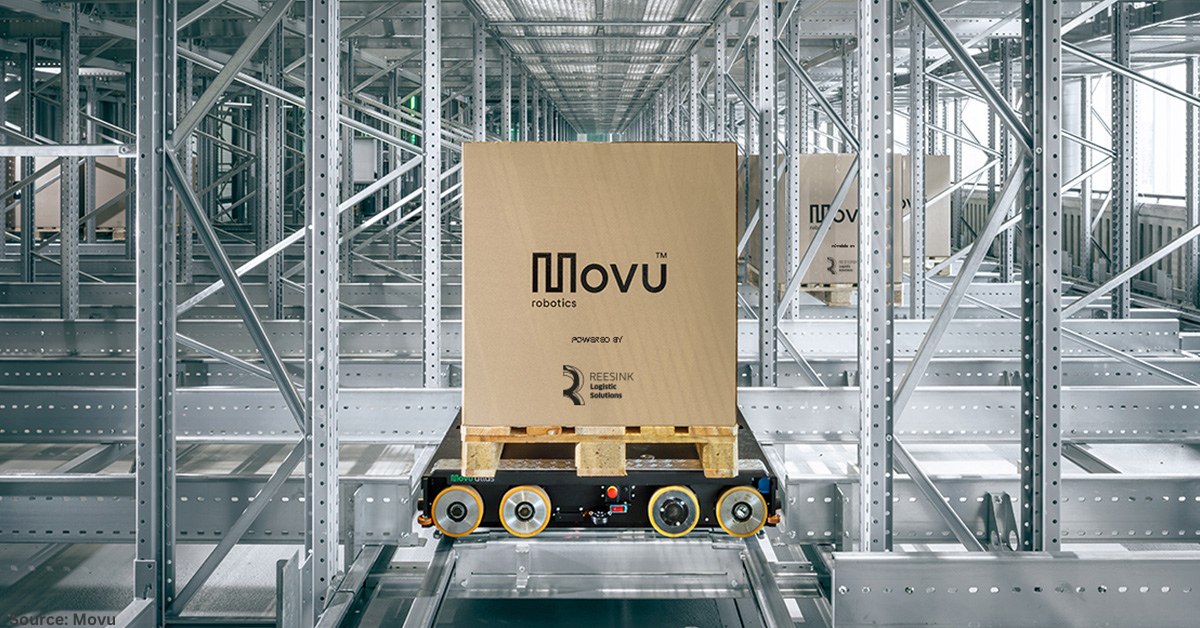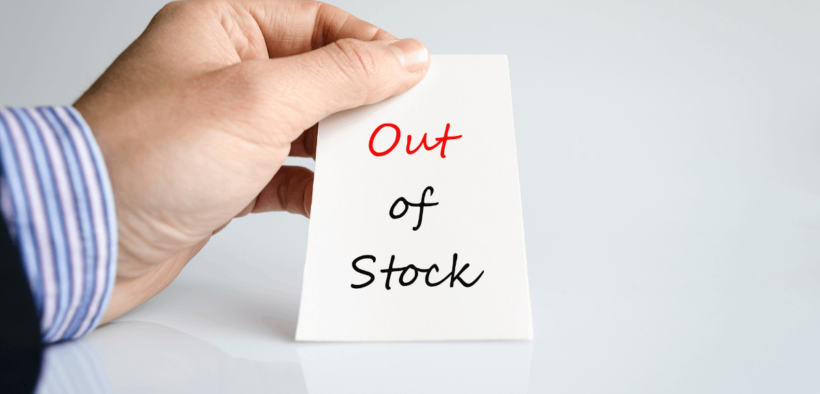Building a proactive strategy for backorders must be part of the supply chain playbook to help chief supply chain officers (CSCOs) navigate disruptions, advised Gartner Inc.
With the holiday shopping season coming up, the research and advisory firm explained that CSCOs need proactive backorder strategy to avoid “out-of-stocks, missed sales and disappointed customers” in the digital marketplace.
“Disruption has become the new norm for supply chains,” said Claudia Clemens, Senior Director Analyst with the Gartner Supply Chain practice.
“Especially during the competitive holiday shopping season, brands that go out-of-stock risk losing a consumer to a different brand,” Clemens said.
For CSCOs tasked to grow direct-to-consumer (D2C) selling and other forms of digital commerce, Gartner outlined four proactive ways to help overcome these challenges.
Is the Product “Backorderable” or “Substitutable”?
Gartner said that CSCOs must begin by identifying which products promise high-confidence backorders or are “backorderable”.
“This can be accomplished by using a defined set of criteria to decide which products are “backorderable” — making it possible for online sales to continue up to a defined quantity and future delivery,” Gartner advised.
Some products, however, may not be backorderable. These may be categorised as “substitutable”, meaning the attributes do not justify taking backorders. In this case, viable similar products could be recommended to consumers as alternatives if the primary product is out-of-stock.
Clemens said that regardless if a product is backorderable or substitutable, every product should still have a predefined out-of-stock action “based on factors including product life cycle, reliability of supply, lead times and risk/benefit to hold inventory on hand vs. ‘make-to-order’.”
Backorder Metrics Key to Measuring Performance
Gartner said it is also important to define and implement both metrics and tolerance levels (or thresholds) for backorders when implementing a proactive backorder strategy.
Without metrics and visibility, challenges can arise such as unanticipated demand volume causing bullwhip signals, poor allocation prioritisation, capacity misalignment and cross-functional friction.
“Often backorders have been viewed as ‘shadow’ transactions within the ‘real’ supply chain,” Clemens said.
“An order is pending but can get lost amid the daily, more defined, more visible operations.
“It is critical to have tracking in place to understand, for example, if volumes are growing and how long to continue to take backorders, if any backorders are past due, and how accurate promised delivery dates are,” she said.
Backorders are a Cross-functional Collaboration
Clemens also explained that backorders require input and coordination from different function areas.
“Cross-functional involvement should start in the planning process when performing product segmentation and deciding which items are backorderable or substitutable,” she said.
Both internal and external partners should be proactively engaged, including customer service, warehouse and logistics, sales and marketing, and fulfilment within the company, as well as suppliers and consumers.
“From there, backorder discussions should be an ongoing topic in sales and operations meetings,” she continued.
“Engaging suppliers in backorder strategies is also essential and gives them the chance to surface any unknown risks in advance.”
Make Backorders Part of the Supply Chain Playbook
Backorders are not “bad”. With the right focus and approach, they can improve your supply chain’s overall execution and enable new insights and capabilities.
“For example, factor in how unified commerce strategies can be incorporated with backorders to give consumers hybrid options such as pick up in store, or location-based availability,” Clemens said.
“Customers expect a unified experience that traverses easily between digital and physical, converges with mobile, social media and the Internet of Things (IoT) – and thus can serve them however, whenever, and wherever,” she concluded.























































Follow us on social media